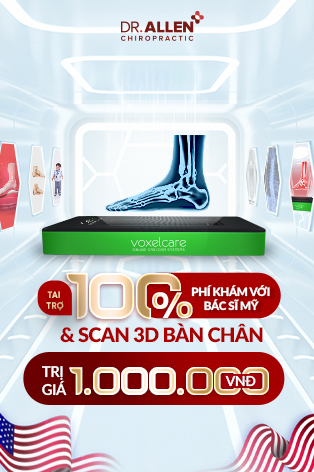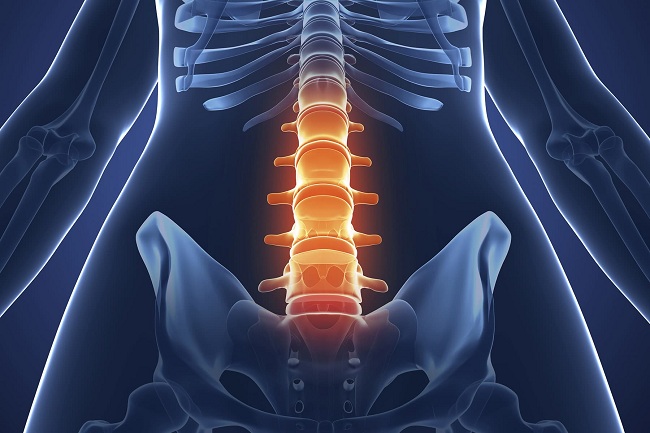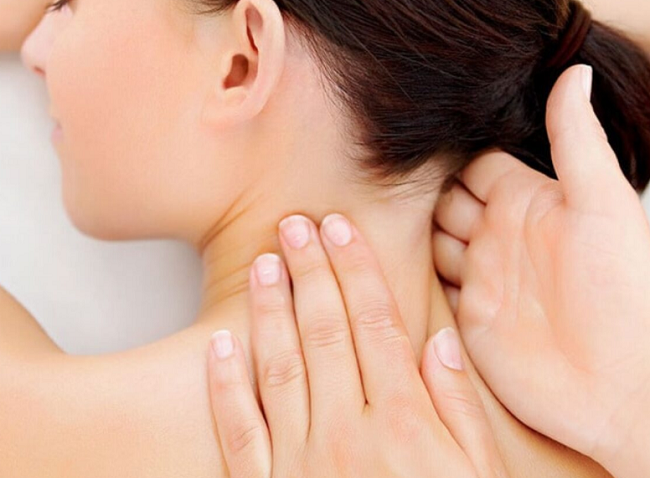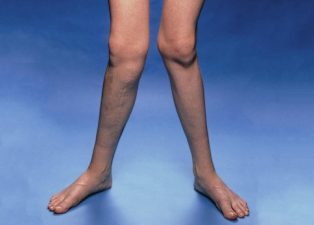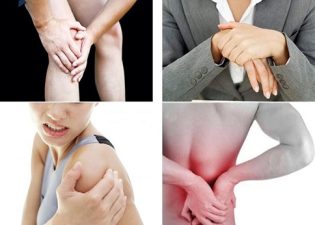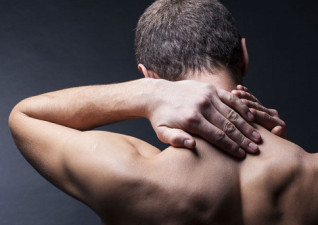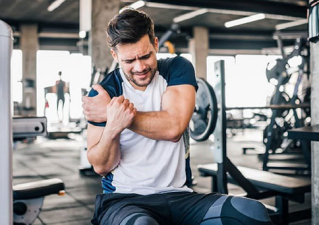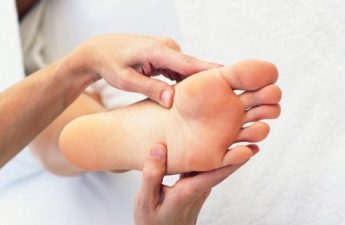Scoliosis, characterized by an abnormal curvature of the spine, is a condition that can result in varying degrees of back pain. From upper to lower back issues, understanding how to manage scoliosis-induced pain can be a crucial aspect of maintaining a high quality of life. In this article, we delve into the world of back problems associated with scoliosis and explore avenues for relief and support.
The Onset of Back Pain from Scoliosis
Can Scoliosis Cause Back Pain?
Yes, scoliosis can indeed cause back pain, with the degree of pain often correlating with the severity and location of the spinal curvature.
Scoliosis Lower Back Pain
Individuals with a curvature in the lumbar region often experience lower back pain. This can result from muscular imbalances, nerve compression, or other associated structural issues.
Upper Back Scoliosis
Upper back scoliosis, involving the thoracic region of the spine, can lead to chronic pain and stiffness. Understanding the nature of your scoliosis can guide effective management strategies.
Understanding the Impact of Activities
Are Backbends Bad for Scoliosis?
Backbends can potentially exacerbate scoliosis symptoms as they put a significant strain on the spine. It is advisable to consult with a healthcare provider before including backbends in your exercise regimen, especially if you have scoliosis.
Exercise for Scoliosis Back Pain
Exercises specifically designed for individuals with scoliosis can aid in strengthening the muscles supporting the spine, potentially reducing pain. Pilates, yoga, and physical therapy regimens can often be beneficial, but always under guided supervision to avoid injury.
Navigating Back Problems and Scoliosis
Back Pain Due to Scoliosis
Persistent back pain due to scoliosis necessitates a comprehensive approach to management, including medical intervention, physiotherapy, and lifestyle modifications.
Back Problems Scoliosis
The back problems stemming from scoliosis can be manifold, including muscular fatigue, disc issues, and vertebral degeneration. Addressing these problems often requires a multidisciplinary approach involving healthcare providers specializing in various fields.
Finding Relief and Support
Back Support for Scoliosis
Utilizing appropriate back support, such as ergonomic furniture and supportive mattresses, can often alleviate the stress on the spine, providing relief from scoliosis-induced back pain.
Scoliosis Back Pain Relief
Relief from scoliosis back pain can also be found through non-invasive therapies such as acupuncture, chiropractic care, and massage therapy, alongside medical management.
Back Massage for Scoliosis
Back massage can potentially offer relief by easing muscle tension and improving circulation to the affected areas. Ensure your masseuse is aware of your condition and trained to handle clients with scoliosis.
What to Do When Your Back Hurts from Scoliosis
When experiencing acute back pain from scoliosis, it is essential to rest and avoid activities that exacerbate the pain. Applying heat or cold packs and taking over-the-counter pain relievers might help. In case of persistent pain, seek medical advice promptly.
Conclusion
Navigating back pain from scoliosis involves a blend of preventive strategies and active interventions. Whether it’s choosing the right form of exercise or finding relief through massages, a tailored approach can go a long way in managing scoliosis-induced back pain. Always remember to consult with a healthcare provider to forge a path towards pain relief that is suited to your individual health circumstances. Stay informed, stay proactive, and prioritize your spinal health.

